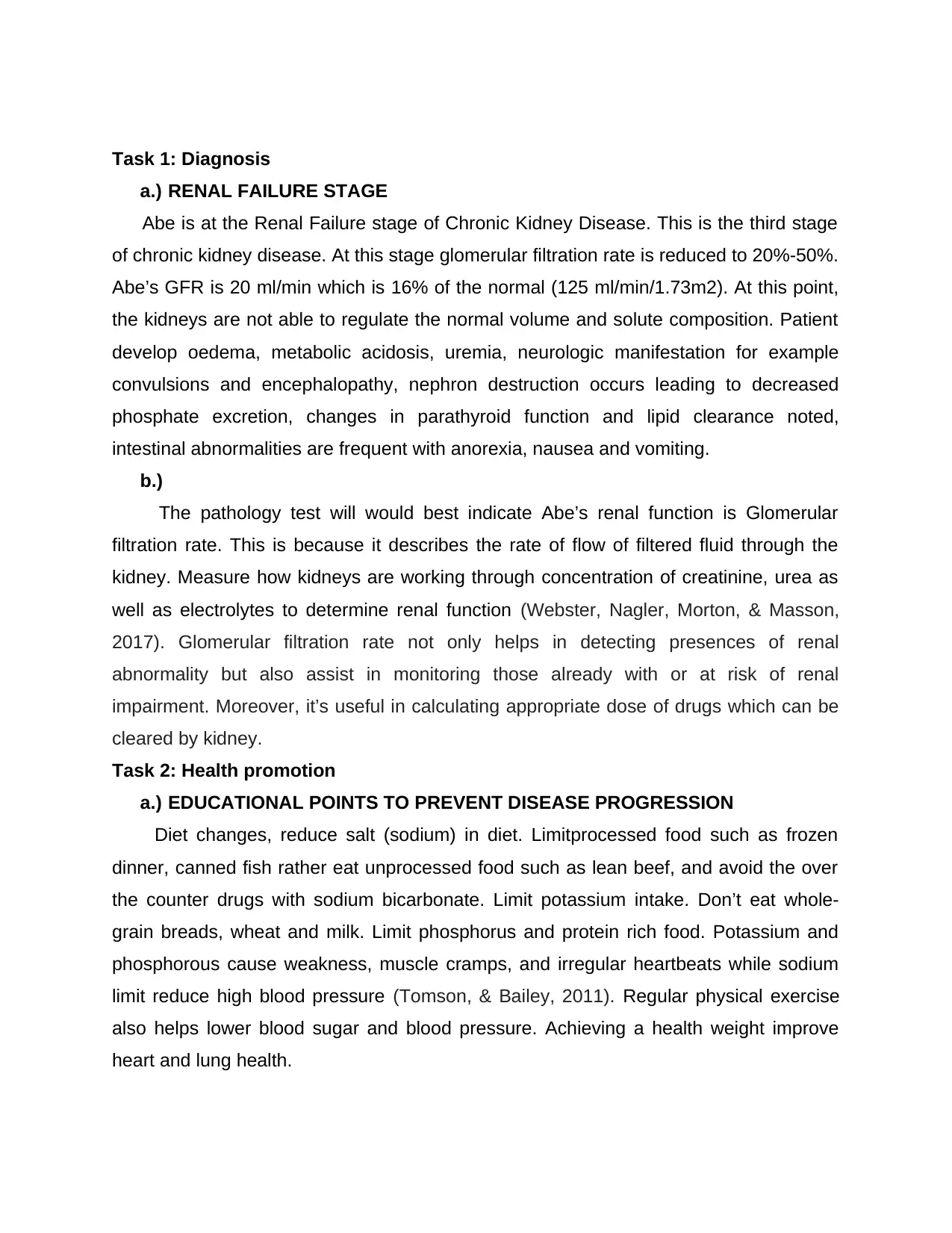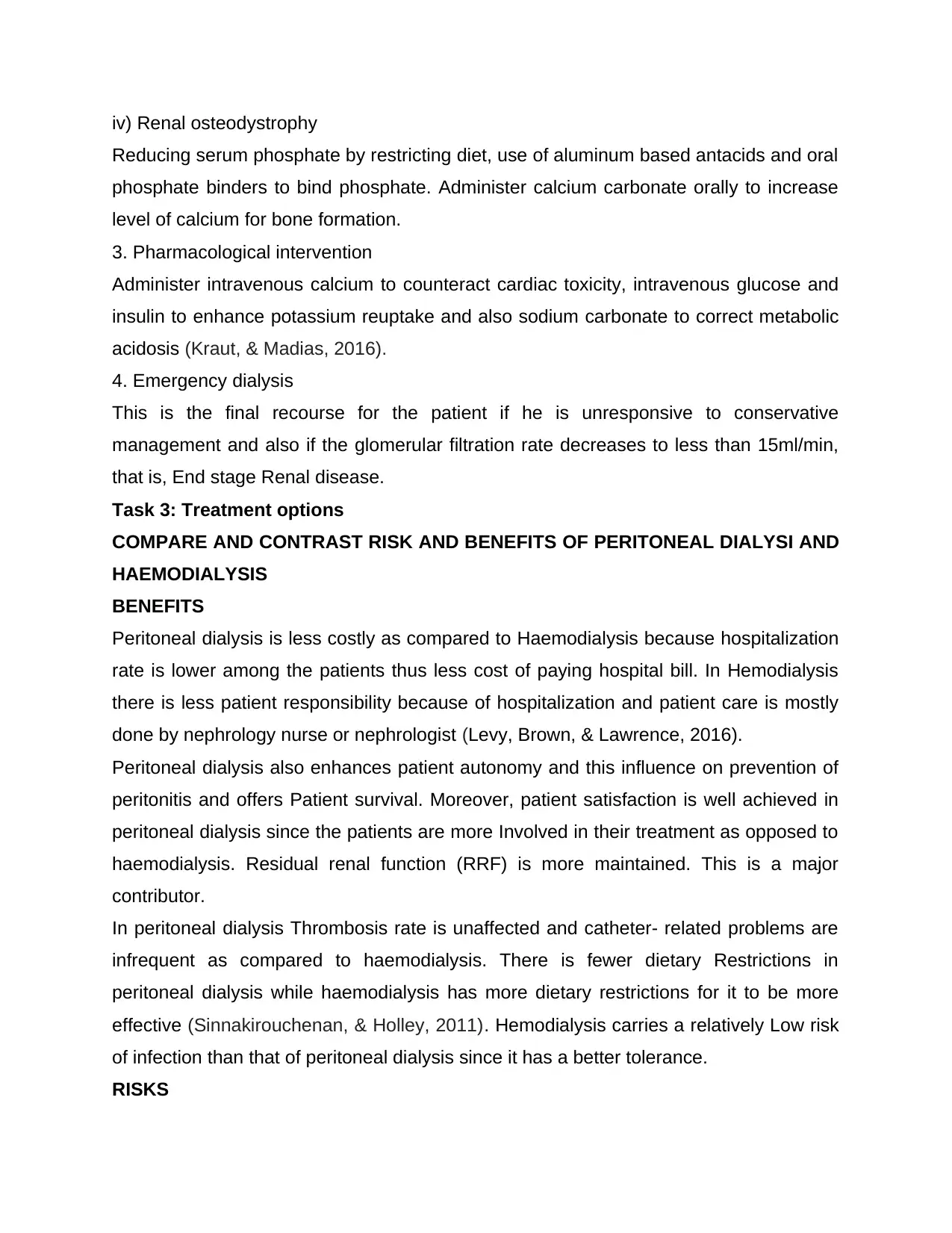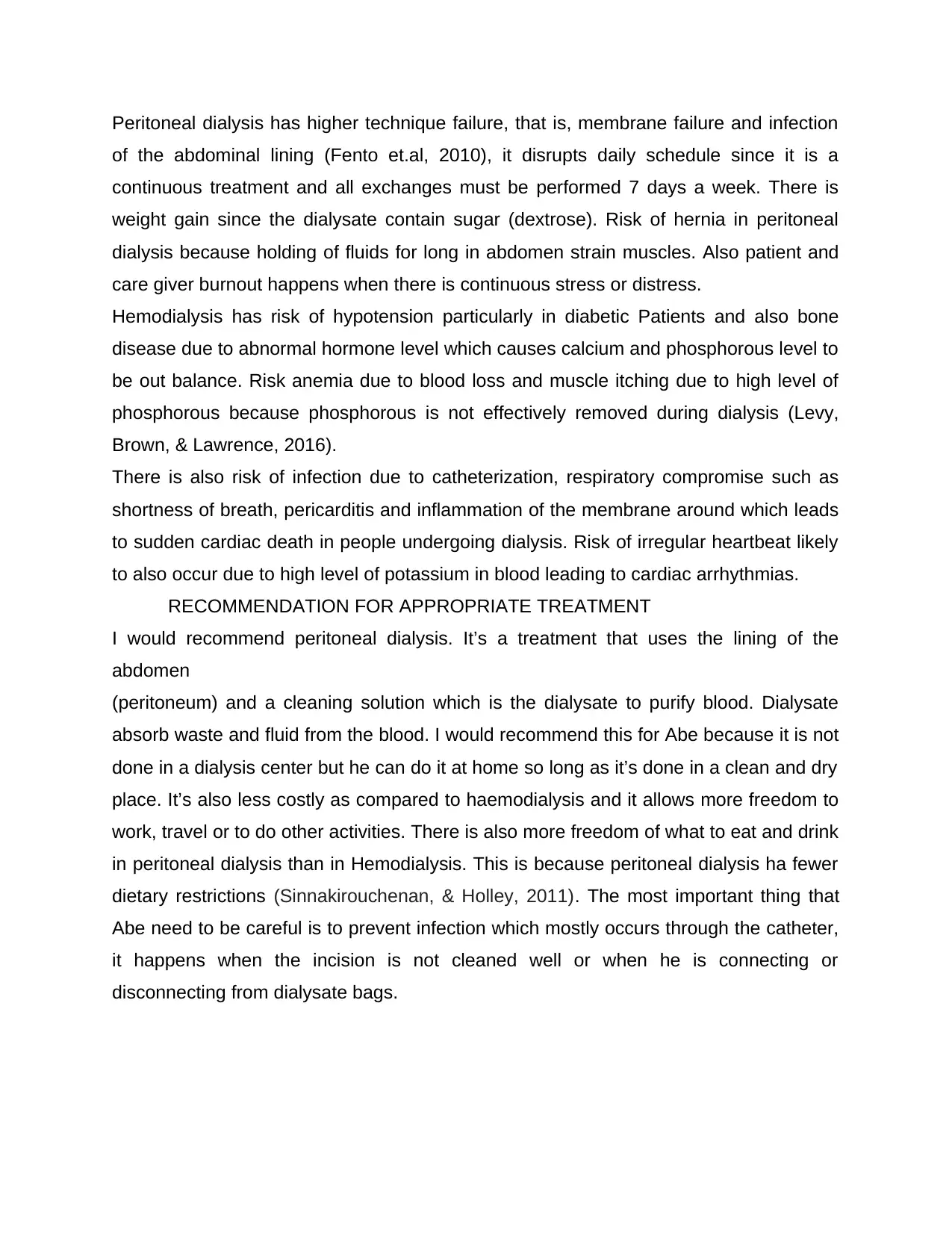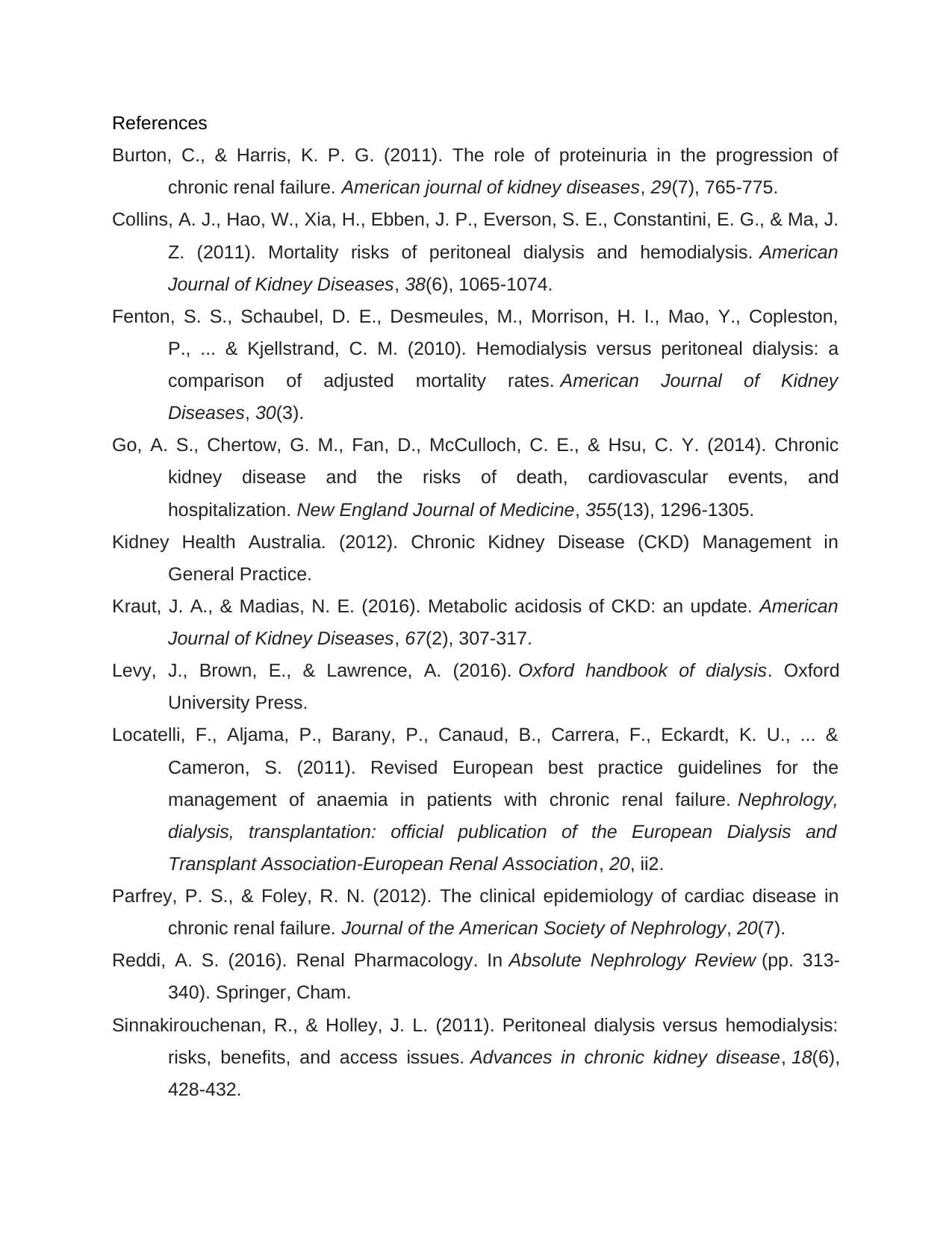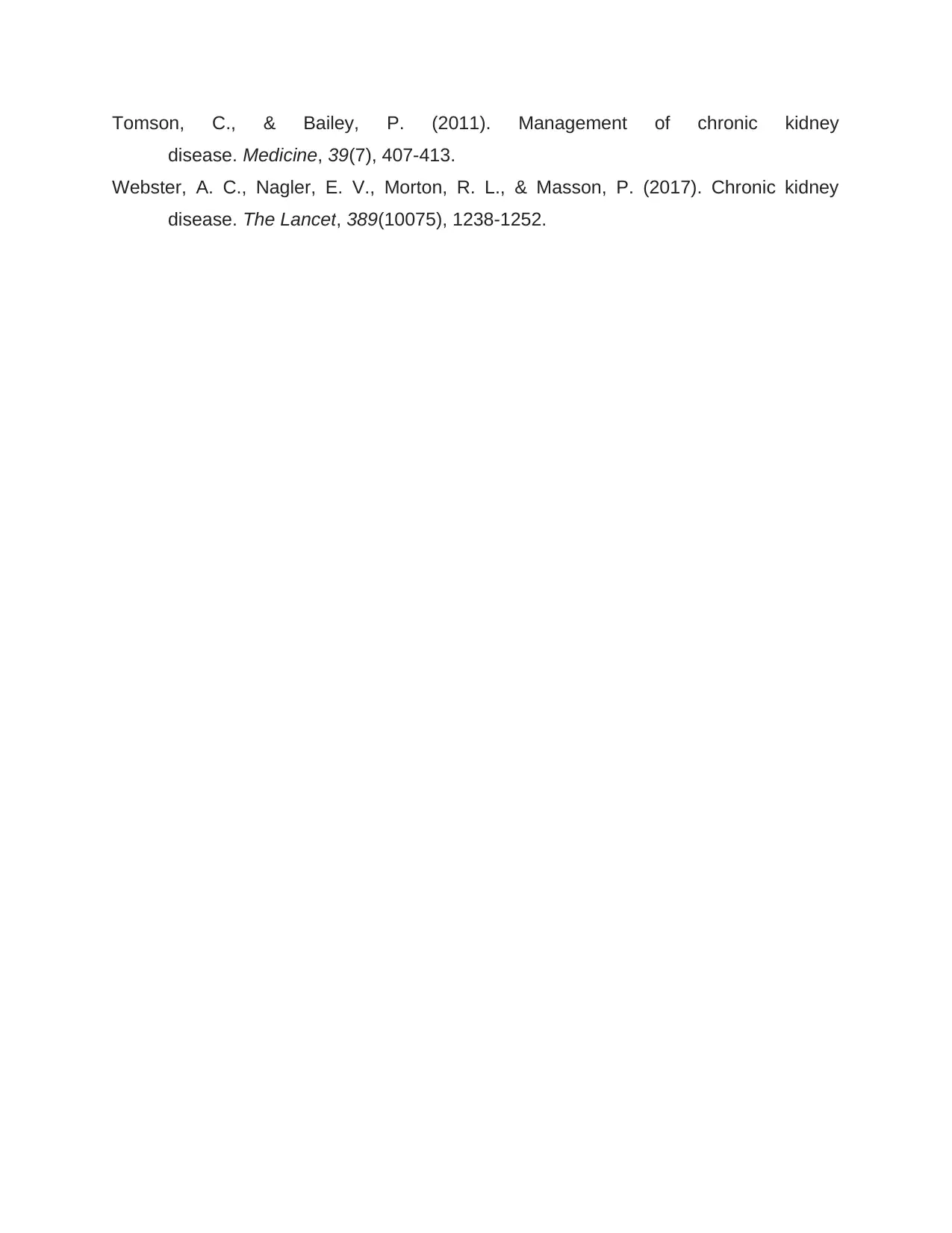This assignment requires a student to compare and contrast peritoneal dialysis and hemodialysis, two types of renal replacement therapies used to treat patients with end-stage renal disease. The student must discuss the benefits and drawbacks of each method, including their effects on mobility, dietary freedom, and infection risk. The assignment also asks the student to consider the importance of proper catheter care in preventing infections associated with peritoneal dialysis. By analyzing these factors, the student will gain a deeper understanding of the relative advantages and disadvantages of peritoneal dialysis and hemodialysis, enabling them to make informed decisions about which treatment option is most suitable for individual patients.
![[object Object]](/_next/static/media/star-bottom.7253800d.svg)
![[object Object]](/_next/static/media/star-bottom.7253800d.svg)

